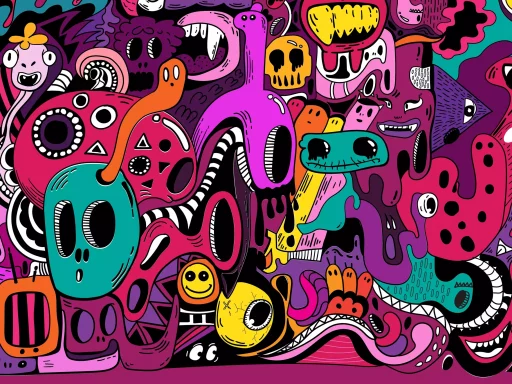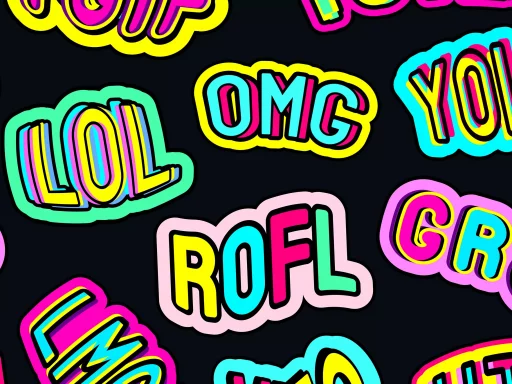Understanding Multimodal Text
In an increasingly digital world, the concept of multimodal texts has gained significant traction. A multimodal text combines various modes of communication—such as written language, visual elements, sound, and even interactivity—to convey meaning. This article explores the nature of multimodal texts, their significance, and how they manifest in various domains.
What Constitutes a Multimodal Text?
Multimodal texts are not restricted to a single mode of communication. Instead, they integrate multiple modalities to enhance the message. Here are some common components that might be involved:
- Visuals: Images, graphs, charts, and videos that supplement the textual content.
- Text: The written language that conveys the primary message.
- Audio: Sounds, music, or voiceovers that add an auditory dimension.
- Hyperlinks: Interactive elements that allow readers to engage further with related content.
- Gestures and Movement: Important in presentations or performances where body language conveys meaning.
The Importance of Multimodal Texts
Incorporating multiple modes in texts is more than a stylistic choice; it’s a pedagogical strategy that reflects how people communicate in real life. Here are a few reasons why multimodal texts are significant:
- Engagement: Diverse modes can captivate various audiences, leading to a more engaging experience.
- Accessibility: Different modalities cater to varied learning styles, making information accessible to more individuals.
- Complexity of Meaning: Multimodal texts can express complex ideas more effectively than single-mode texts.
- Representation of Real-World Communication: In today’s media landscape, communication often involves various modalities concurrently.
Examples of Multimodal Texts
Multimodal texts can be found in numerous contexts. Here are some prevalent examples:
- Websites: A website is a prime example of a multimodal text, combining written content, images, videos, and links.
- Social Media Posts: Posts often utilize text, images, videos, and hashtags to engage users effectively.
- Educational Materials: Textbooks incorporating diagrams, photographs, and online videos facilitate learning.
- Advertisements: Commercials often blend visuals, narration, music, and sound effects to attract attention.
Case Study: Education and Multimodal Texts
In an educational setting, multimodal texts have been particularly influential. A case study conducted at the University of Southern California examined the use of multimodal assignments in composition courses. Researchers found that students who engaged with multimodal projects demonstrated higher levels of creativity and motivation compared to those who only produced traditional essays.
Furthermore, 87% of students reported that they appreciated being able to express their ideas through various forms of media, rather than solely through written words. As a result, educators have begun to integrate technology into their curriculums, focusing on multimodal literacy that empowers students to communicate more effectively in diverse contexts.
Statistics on Multimodal Learning
The shift towards multimodal learning is backed by research. According to a study conducted by the Pew Research Center:
- 70% of teachers believe that technology enhances student engagement.
- 65% of students claim that they learn better when taught through multiple modalities.
- 85% of students use or prefer digital media to communicate in their daily lives.
These statistics emphasize the need for educational practices to evolve alongside technological advancements that allow for multimodal communication.
Conclusion
Multimodal texts play an essential role in contemporary communication by integrating various modes to convey meaning effectively. As society increasingly relies on digital platforms, understanding and creating multimodal texts is crucial for effective communication. In education, the use of multimodal assignments can boost engagement, creativity, and understanding, preparing learners for the multifaceted nature of information in the real world.






